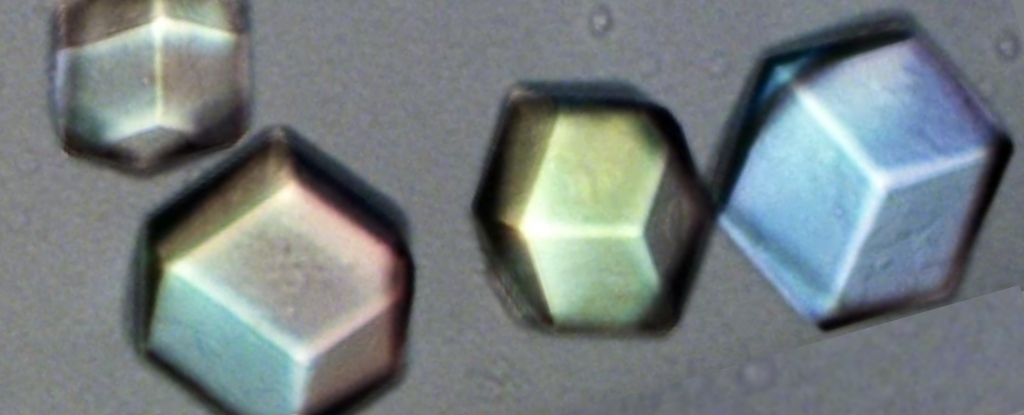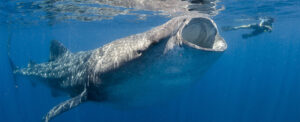A new technique that creates 3D models of individual crystals has opened a window for scientists to see the subtle deviations that appear in their otherwise perfect models.
Researchers at New York University (NYU) have gone back to the drawing board on how to look deep into solids made of repeating units and determine how they grow.
With a short wavelength, about the same size as many of the repeating units that make up crystals, X-rays have long allowed scientists to infer how a crystal’s components fit together by measuring the angle at which the rays diffract.
For all its ingenuity, however, X-ray crystallography has its limits, which are summarized quite neatly by the opening sentence of a new paper published in Natural materials this month: “Molecular crystal structures are identified using scattering techniques because we cannot see inside them.”
The paper describes a new technique that promises to finally change that fact—though not for crystals made up of repeating units of individual atoms.
Instead, it refers to crystals composed of patterns based on colloidal particles that are large enough to be seen under a conventional microscope and manipulated in a way that would be impossible for atoms.
The study of such crystals has allowed advances in the understanding of crystal dynamics. The researchers cite experiments with colloidal structures that shed light on the formation and evolution of dislocations in crystal structures.
Like X-ray crystallography, this technique has limits. Difficulties in finding reliable ways to image relatively complex colloidal crystals mean that their study has so far been largely limited to thin, simple structures formed from a single constituent particle.
Many atomic crystals, in contrast, are composed of two or more elements and form complex, three-dimensional structures.
The new technique pioneered by the NYU team promises to enable the study of colloidal analogues of these relatively complex lattices. The technique builds on some of the team’s previous work, in which they developed a process called “polymer-attenuated Coulomb self-assembly,” or PACS.
PACS uses the electrical charges of individual colloidal particles to attract them into crystal lattices, allowing the reliable construction of binary colloidal crystals – formed crystals of molecules composed of two different types of particles in the same way that, say, table salt crystals form from sodium and chlorine.
The new study demonstrates the effectiveness of seeding these individual colloidal particles with a fluorescent dye to distinguish one species from another—and, crucially, continues to do so after they form crystals. This means that scientists can finally “look inside” a fully formed crystal and make direct observations of its innards.
As the researchers report, “We are able to resolve all particles in a binary ionic crystal and reconstruct the complete internal 3D structure to depths of ~200 layers.”
The NYU team reports several new findings they have already gleaned from observations.
The process known as “twinning,” in which the lattices of two crystals align in such a way that they share constituent parts along a common plane, has long been of interest to scientists.
The researchers describe the creation of colloidal crystals that replicate the atomic-scale cubic structures of several different minerals: the aforementioned alternating lattice of sodium and chlorine that forms table salt; cesium chloride, where eight chlorine atoms form a “cage” around one cesium atom; and the somewhat more exotic example of auricupride, a copper-gold compound where each face of a cubic lattice of gold atoms is interrupted by a single copper atom, like a die where each face is one.
In each case, the team was able to make direct observations of the evolution of twin crystals, thereby providing a direct experimental observation of how such structures arise.
“This direct observation unambiguously reveals the intrinsic complexities of crystal structure, elucidating the relationship between particle interactions and macroscopic crystal form, including the occurrence and impact of defects and twinning,” the researchers report.
The group is looking forward to unlocking the mysteries of crystals, more than 100 years after the discovery of X-rays gave mankind the first hint of the intricacies of crystal structure.
The study was published in Natural materials.



